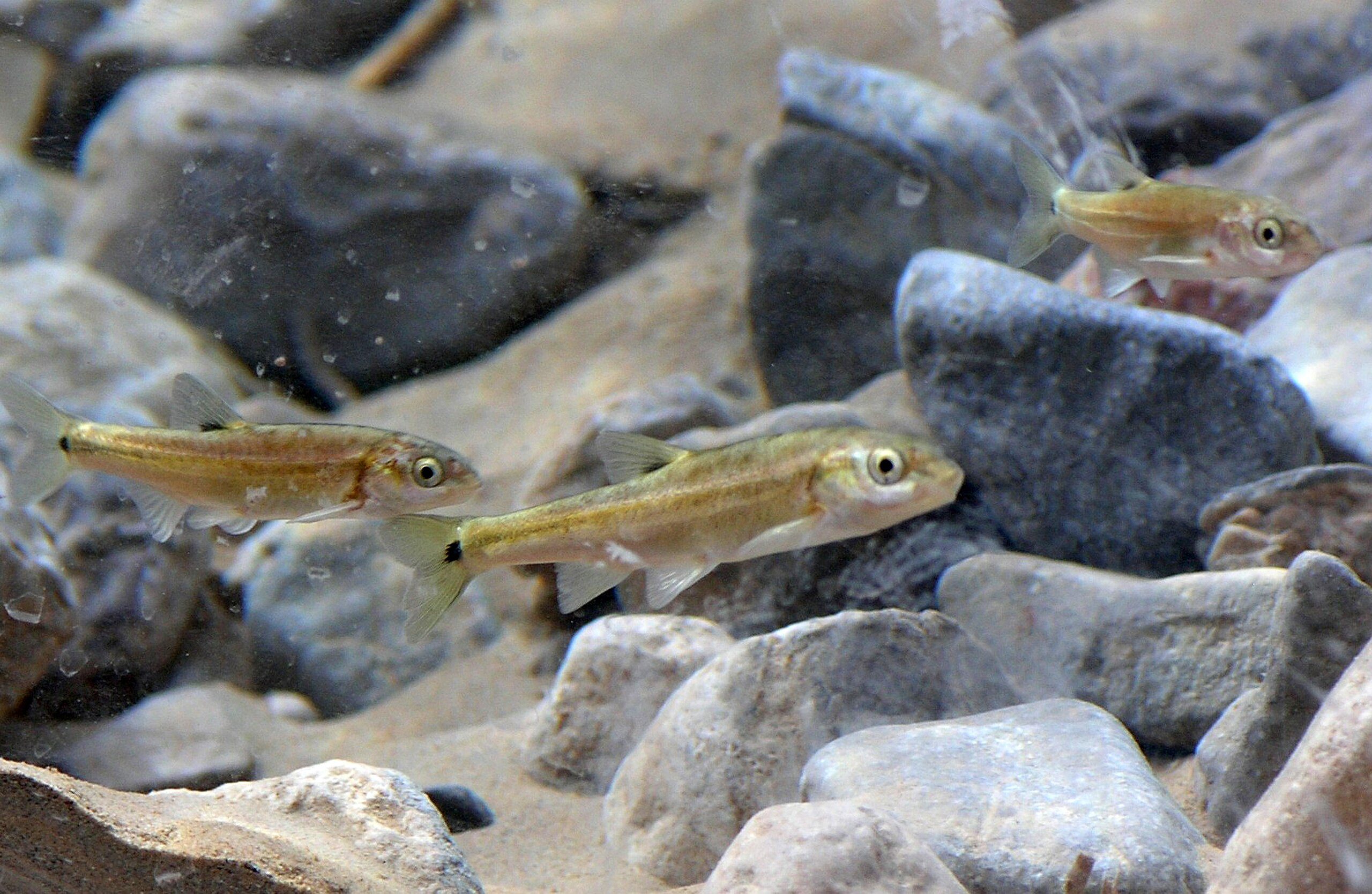January 26, 2024 — The Nevada Supreme Court delivered a significant ruling yesterday in the case concerning the Lower White River Flow System, which could redefine water management in the state. The court held that the state has the authority to manage groundwater for preserving senior water rights and the public interest, including wildlife protection.
The Center for Biological Diversity was a co-respondent in the case. “This is a monumental victory for the conservation of water resources in a time of escalating climate change and drought,” said Patrick Donnelly, Great Basin director at the Center. “Nevada’s animals are already under stress from the lack of water resources, and our victory will help ensure that industry and developers don’t leave wildlife high and dry.”
was a co-respondent in the case. “This is a monumental victory for the conservation of water resources in a time of escalating climate change and drought,” said Patrick Donnelly, Great Basin director at the Center. “Nevada’s animals are already under stress from the lack of water resources, and our victory will help ensure that industry and developers don’t leave wildlife high and dry.”
Case Background and Implications.
The case originated from a conflict over the proposed Coyote Springs development , about 50 miles northeast of Las Vegas. Developers intended to build a large community, but the plan hinged on acquiring groundwater rights. Concerns were raised that such water usage would threaten the springs vital to the endangered Moapa dace, a fish species reliant on these waters for survival.
, about 50 miles northeast of Las Vegas. Developers intended to build a large community, but the plan hinged on acquiring groundwater rights. Concerns were raised that such water usage would threaten the springs vital to the endangered Moapa dace, a fish species reliant on these waters for survival.
The state engineer, acting as Nevada’s water czar, concluded that excessive pumping from the aquifer would impair senior water rights and harm the Moapa dace. This ruling was challenged but ultimately upheld by the Supreme Court, affirming the state engineer’s authority to manage water resources in a manner that considers both human and environmental needs.
Future Directions and Legal Clarity.
The court’s decision not only resolves the immediate issue concerning Coyote Springs but also sets a precedent for future water management in Nevada. It clarifies the extent of the state engineer’s power to regulate groundwater use, integrating environmental considerations into legal frameworks governing water rights.
The story is not over. The case has been remanded back to District Court Judge Bita Yeager to determine if the state’s order was based on substantial evidence, indicating that while the state engineer’s power is affirmed, its application in this specific case remains to be fully resolved.
Image:
Moapa dace — Moapa coriacea, an endemic cyprinid fish at the Desert National Wildlife Refuge Complex, in southern Nevada. An IUCN Critically endangered species. Image from public domain via Wikimedia Commons.
— Moapa coriacea, an endemic cyprinid fish at the Desert National Wildlife Refuge Complex, in southern Nevada. An IUCN Critically endangered species. Image from public domain via Wikimedia Commons.

